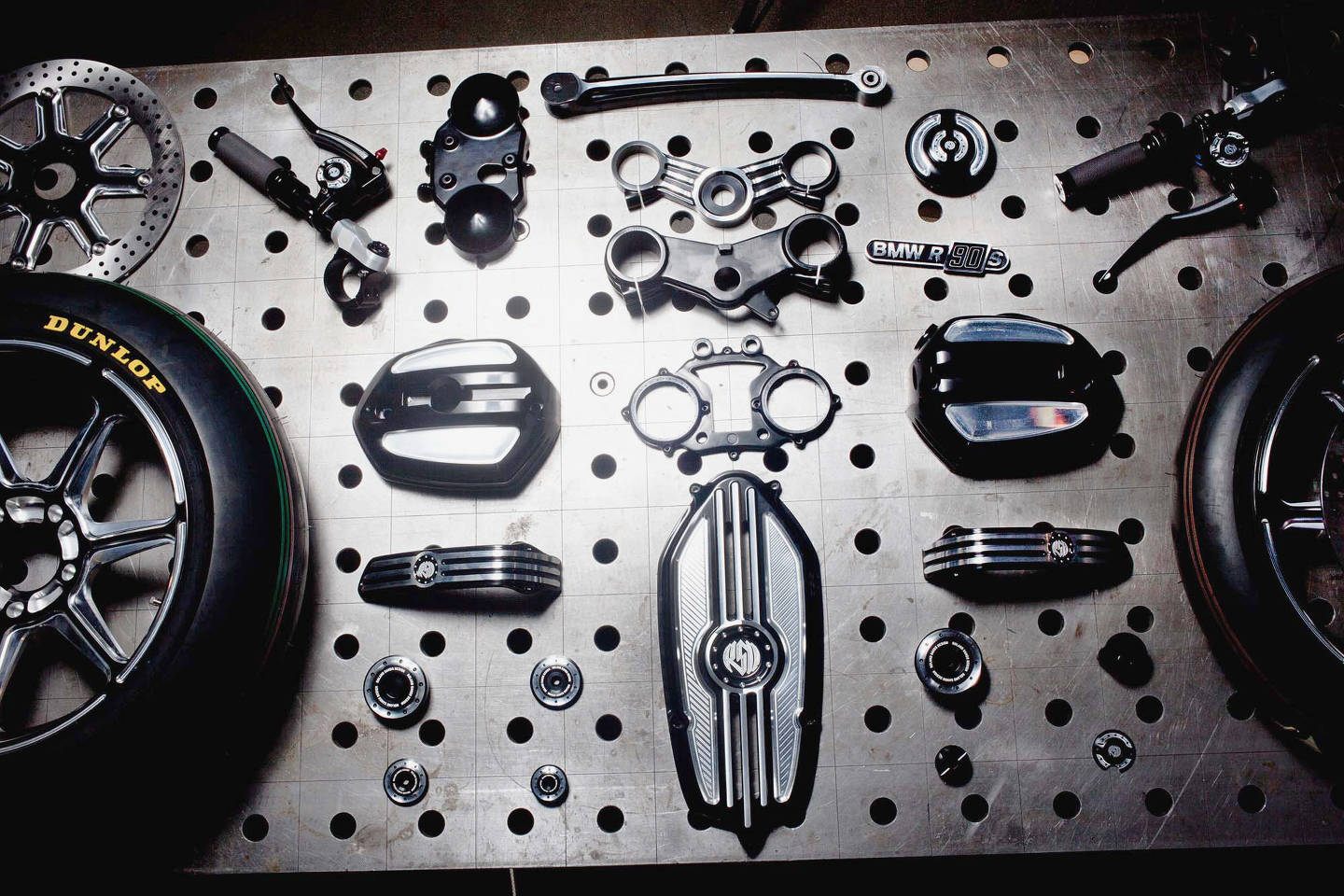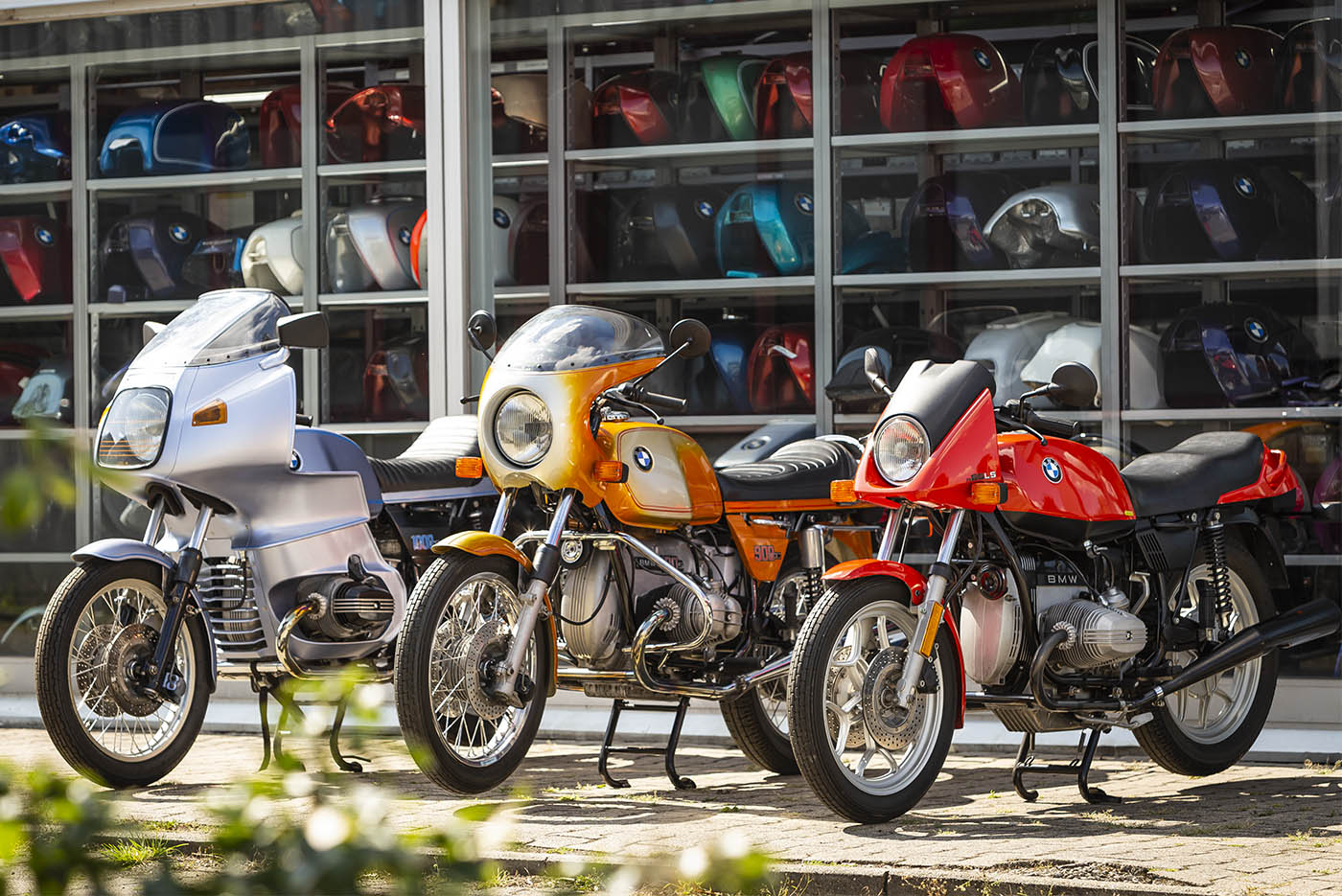Leading MX Gear NZ: Prepare for Your Next Off-Road Journey
Leading MX Gear NZ: Prepare for Your Next Off-Road Journey
Blog Article
Comprehending the Vital Parts of a Bike: A Comprehensive Overview for Lovers
For motorcycle lovers seeking to boost their riding experience and guarantee their bikes run efficiently, comprehending the necessary parts of a bike is paramount. Each aspect, from the engine's detailed operations to the essential duty of the stopping devices, not only impacts performance however likewise security and comfort. This guide will certainly go through the essential parts that every biker must recognize with, allowing educated options in both maintenance and possible upgrades. As we start this expedition, one must ask: just how does each part connect to develop the seamless adventure every fanatic looks for?
Engine Parts

The camshaft plays a crucial role in regulating the timing of the engine's shutoffs, guaranteeing the exact opening and closing essential for efficient gas and air consumption, along with exhaust expulsion. This timing is critical to maintaining optimal engine performance and performance. In addition, the carburetor or gas shot system, depending upon the motorcycle model, is accountable for mixing air with gas in the right proportion for burning.
The cooling system, either air or liquid-based, works to keep the engine's temperature level within functional restrictions, protecting against overheating and making certain longevity - motorbike shop. Each part, diligently developed and incorporated, adds to the smooth procedure of the engine, specifying the bike's power result and general performance
Transmission System
Indispensable to the motorbike's functionality, the transmission system guarantees reliable power transfer from the engine to the wheels. This system makes up several important parts, including the clutch, gearbox, and final drive, each playing a crucial role in converting the engine's power into activity. The clutch, normally operated by a hand lever, offers to engage and disengage the engine from the transmission, allowing for smooth gear adjustments and controlled velocity.
The transmission, commonly described as the transmission appropriate, has a set of gears that cyclists can manually move via to adjust the bike's speed and torque outcome. These equipments are arranged in a sequence that allows the bike to accelerate efficiently and keep optimal engine performance across numerous rates. Most bikes utilize a consecutive transmission, calling for the rider to move equipments in a fixed order.
Braking Devices
While understanding the transmission system is essential to using a bike's power, equally essential is the capability to manage and quit that power efficiently, which is where braking mechanisms enter into play. Brakes are vital for safety and performance, providing the biker with the required control to navigate various terrains and conditions. Generally, motorbikes feature two types of stopping systems: disc brakes and drum brakes.
Disc brakes are more prevalent in modern-day bikes as a result of their superior efficiency. They contain a brake disc, caliper, and pads. When triggered, the caliper squeezes the brake pads against the rotating disc, transforming kinetic energy right into warmth, therefore reducing the wheel. This system uses much better heat dissipation, regular efficiency, and improved stopping power, specifically in damp conditions.
Conversely, drum brakes, though much less typical, are still discovered in some motorbikes. They function by pressing brake shoes versus the internal surface area of a drum connected to the wheel. While typically less reliable in warm dissipation and quiting power, drum brakes are easier and much more affordable.
Understanding these braking systems' subtleties permits motorcyclists to preserve their motorcycles properly and appreciate the engineering that makes certain reliable and secure stopping.
Suspension and Steering
Suspension and guiding systems are important parts that considerably influence a motorcycle's handling and experience comfort. stadler motorcycle clothing The suspension system, being composed of forks at the front and shock absorbers at the rear, takes in roadway abnormalities, enhancing stability and control. Front forks, upside down or commonly telescopic, compress and rebound to reduce cc motorcycle dealers near me effects, while back shock absorbers maintain tire call with the road, critical for traction and safety.
Steering, centered around the handlebars, connects the motorcyclist to the bike's directional control. The guiding head bearings ensure smooth operation, enabling exact ability to move. Correct placement and upkeep of these bearings are essential for predictable steering reaction and decreasing biker exhaustion.
The suspension's adjustability is an additional essential facet; preload, damping, and rebound setups permit modification to match numerous riding designs and problems. This adaptability is important for enhancing performance, whether navigating city roads or dealing with tough trails. Innovations like digital shock absorber use real-time modifications, improving trip quality throughout diverse terrains.

Electric Equipments
After guaranteeing a smooth and regulated experience via efficient suspension and guiding systems, attention turns to the electric systems, a pivotal element of modern-day motorcycles. These systems play a vital duty not only in starting the engine however additionally in powering numerous components that improve the capability and safety and security of the motorcycle.
At the heart of a bike's electric system is the battery, which stores electrical energy required for starting the engine and powering complementary systems - moto parts nz. The alternator or generator, coupled with the rectifier-regulator, makes sure the battery stays billed while the motorbike is in procedure, transforming power right into electric power and preserving voltage levels
The ignition system, another vital part, is liable for igniting the air-fuel mixture in the engine's cylinders. Modern you could try these out bikes often utilize a digital ignition system, supplying better effectiveness and dependability compared to traditional systems.
Illumination systems, consisting of headlights, tail lights, and indicators, are also essential, making certain presence and security for the biker. Additional digital elements such as sensors, control systems, and presents contribute to sophisticated functions like fuel shot administration, anti-lock braking systems (ABS), and electronic dashboards, further boosting the riding experience.
Conclusion
A thorough comprehension of a motorbike's essential components, including the engine, transmission system, stopping devices, suspension, guiding, and electrical systems, is important for fanatics intending to maximize safety, comfort, and performance. Mastery of these aspects enables for notified decisions relating to upkeep and upgrades, eventually improving the riding experience. By incorporating this expertise, riders can ensure their bikes run at peak efficiency and dependability, thus making best use of both satisfaction and long life of their lorries.
For bike enthusiasts looking to elevate their riding experience and guarantee their bikes run efficiently, recognizing the crucial elements of a bike is paramount.Essential to the motorcycle's capability, the transmission system makes sure reliable power transfer from the engine to the wheels.While recognizing the transmission system is essential to utilizing a bike's power, similarly crucial is the capability to control and quit that power properly, which is where braking mechanisms come right into play. Normally, motorcycles include two kinds of braking systems: disc brakes and drum brakes.
An extensive comprehension of a bike's essential parts, consisting of the engine, transmission system, braking systems, suspension, guiding, and electrical systems, is indispensable for fanatics aiming to enhance convenience, safety, and performance.
Report this page